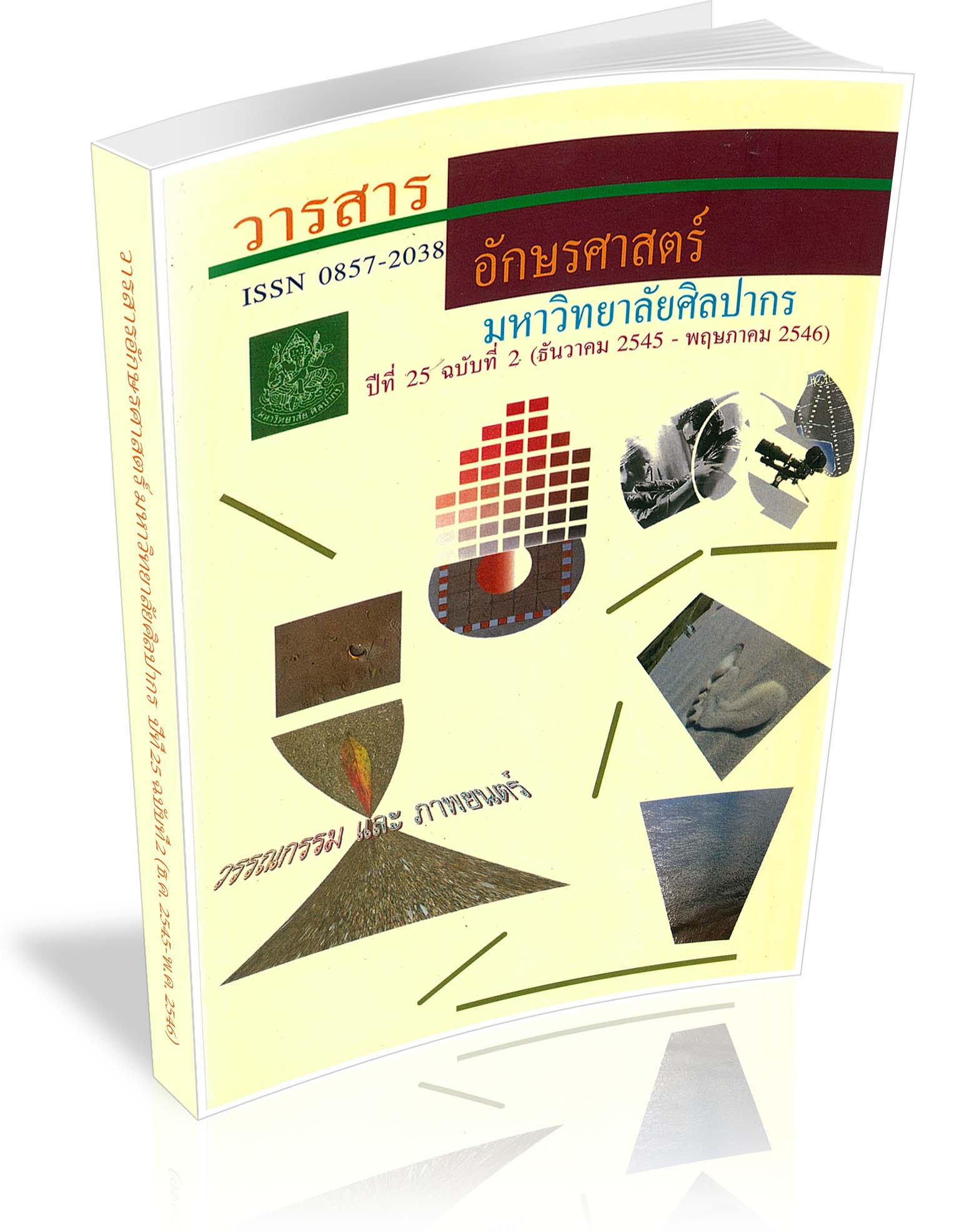Revisit: The Portray of Rape in Thai Movies in 1996 in Comparison with the Present
Keywords:
Rape, MoviesAbstract
In 1996, three very young girls, Ome, Noon, and Air, were raped and murdered. A dramatic of this type of violent crime during this period of time raised questions as to how the mass media would/should respond to these matters. Even though rape has become even more of a prevalent societal problem, two questions remain unanswered. One-is whether the depiction of rape in Thai films has been developed to keep up with current occurrences. The other question is whether films depict any similarities and/or differences to the rapes committed seven years ago.
Since films are considered to be the most independent form of media to present this type of controversial issue, this article intends to analyze the portrayal of rape in the 1996 Thai movies in comparison with current films. The study will emphasize the meaning and significance of the issue, including the beliefs, values, and hidden ideology behind the rapes.
The findings of the study show that rape as depicted in past and present Thai movies has been significantly distorted from what actually happens in society. The movies present wrong attitudes and values, and in addition, they have coined a new set
of rape vocabulary which fails to mirror reality.
Downloads
References
กลุ่มเพื่อนหญิง. 2533. คู่มืออาสาสมัครส่งเสริมสิทธิสตรี. กรุงเทพฯ: สมาคมสิทธิเสรีภาพของประชาชน.
กอบกุล อิงคุทานนท์. 2537. ผู้หญิงกับอำนาจที่จะแปรเปลี่ยน กรุงเทพฯ: โครงการจัดพิมพ์คบไฟ
กาญจนา แก้วเทพ. 2535. ภาพลักษณ์ของผู้หญิงในสื่อมวลชน. ชุดจุฬาบริการชุมชน ลำดับที่ 15. กรุงเทพฯ: จุฬาลงกรณ์มหาวิทยาลัย มปป. บทนำ: ความเป็นหนังและความเป็นหญิง, ใน วิจารณ์หนังทัศนะใหม่ มยุรี ดำรงค์เชื้อ, บก. กรุงเทพฯ: เจนเดอร์เพรส.
Downloads
Published
How to Cite
Issue
Section
License
ผู้เขียนบทความต้องยินยอมในข้อกำหนดต่าง ๆ ของวารสารก่อนส่งบทความตีพิมพ์




